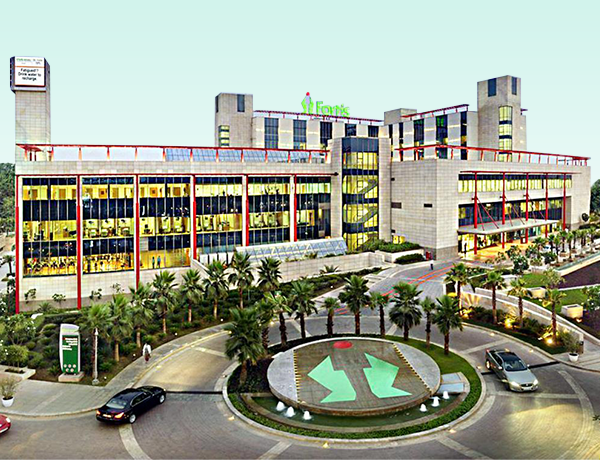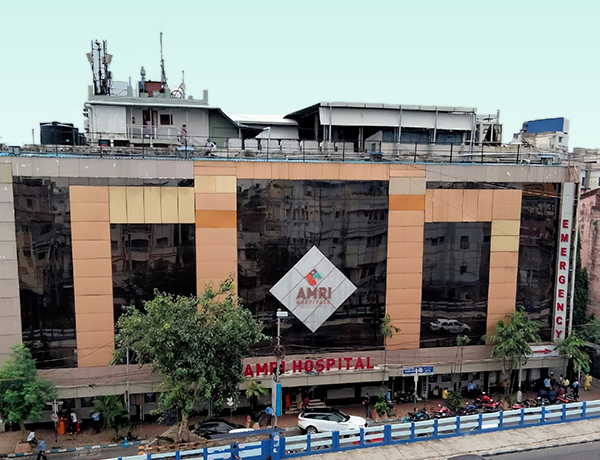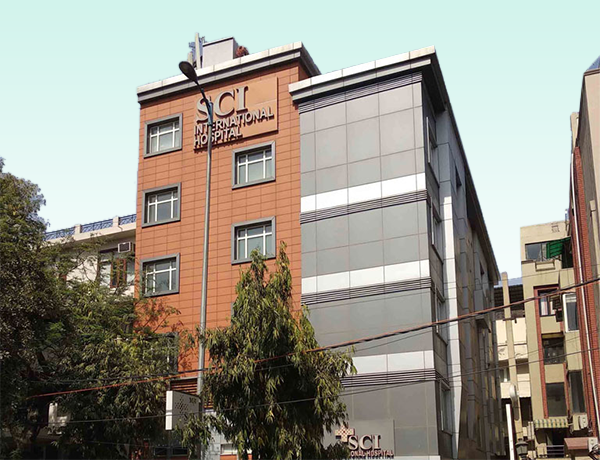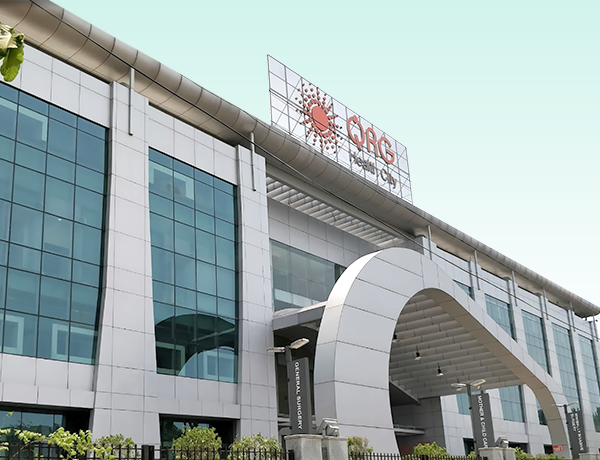Hand or Foot Fractures -with Plates or Screws
Hand or foot fractures that require the use of plates or screws for fixation are common injuries that occur due to trauma or repetitive stress. In severe cases, surgical intervention may be necessary to realign the fractured bones and stabilize them using plates or screws. This helps promote proper healing and restore functionality to the affected hand or foot.

Who Needs Arthroscopic Hand or Foot Fractures – with Plates or Screws:
Surgical treatment with plates or screws may be recommended for individuals who have the following conditions:
Severe fractures: Cases where the fracture is displaced, unstable, or involves multiple fragments.
Complex fractures: Fractures that affect joint surfaces, have significant articular involvement, or are associated with ligament injuries.
Fractures with poor alignment: Fractures that cannot be adequately aligned or maintained in proper position without surgical intervention.
When to See a Specialist
It is advisable to consult a specialist if you experience the following symptoms:
Severe pain, swelling, or bruising in the hand or foot after an injury.
Visible deformity, such as a misaligned or crooked finger, toe, or metatarsal bone.
Inability to move or bear weight on the hand or foot.
Numbness, tingling, or loss of sensation in the affected area.
Procedure
Anesthesia: The procedure is usually performed under regional or general anesthesia to ensure your comfort during the surgery.
Incision: The surgeon makes a small incision near the fractured area to gain access to the bones and fracture site.
Fracture reduction: The surgeon carefully realigns the fractured bone fragments into their proper position using specialized instruments.
Fixation: Plates and screws are then positioned to stabilize the fracture and hold the bone fragments together. The plates are secured to the bone surface, and the screws are inserted through the plate and into the bone to provide additional stability.
Closure and recovery: Once the bone fragments are adequately fixed, the incisions are closed with sutures or surgical staples. A sterile dressing is applied to protect the surgical site, and a splint or cast may be applied to immobilize the hand or foot during the initial healing period.
Road to Recovery
The recovery process after hand or foot fracture surgery with plates or screws involves the following:
- Immobilization: Depending on the severity of the fracture and the type of fixation used, you may need to wear a cast, splint, or removable brace to immobilize the hand or foot and promote proper healing.
- Rehabilitation exercises: Once the initial healing phase is complete, a structured rehabilitation program will be prescribed. Physical therapy will focus on restoring range of motion, strength, and function to the hand or foot.
- Follow-up visits: Regular follow-up appointments with your healthcare provider are crucial to monitor the healing progress, ensure proper bone alignment, and adjust the treatment plan if necessary.
Risk Management
While hand or foot fracture surgery with plates or screws is generally safe, there are potential risks and complications, including infection, nerve or blood vessel damage, hardware-related problems, delayed healing, and stiffness. However, by carefully following postoperative instructions, attending follow-up appointments, and adhering to the rehabilitation program, these risks can be minimized.
Benefits of Hand or Foot Fractures – with Plates or Screws
Improved alignment and stability: The use of plates and screws allows for accurate alignment and stable fixation of fractured bones, facilitating proper healing and reducing the risk of malunion or nonunion.
Early mobilization: With the appropriate surgical technique and rehabilitation protocol, early mobilization of the hand or foot can be achieved, promoting faster recovery and restoring function.
Enhanced functional outcomes: Properly aligned and stabilized fractures with plates or screws have a higher likelihood of achieving optimal functional outcomes, enabling you to regain normal hand or foot function and activities.
Frequently Asked Questions
1. Will I experience pain during the surgery?
No, you will be under anesthesia during the procedure and should not feel any pain.
2. How long will it take to recover?
The recovery time varies depending on the severity of the fracture, the surgical technique used, and individual factors. It can range from several weeks to months.
3. Will I need physical therapy after the surgery?
Yes, physical therapy is an essential part of the recovery process to restore strength, mobility, and function to the hand or foot. Your healthcare provider will prescribe a tailored rehabilitation program for you.
4. Are there any restrictions or limitations after surgery?
Your healthcare provider will provide specific instructions regarding activity restrictions, weight-bearing limits, and the use of assistive devices during the healing process. It is important to follow these guidelines for optimal recovery.
5. Will the plates and screws need to be removed?
In some cases, the hardware used for fixation may need to be removed in a separate procedure. Your healthcare provider will determine if hardware removal is necessary based on your progress and individual circumstances.
Treatians As The Best Choice
Treatians understand that seeking medical treatment abroad can be a daunting experience for patients and their families. That’s why the company offers end-to-end support to its clients, from the initial consultation to post-treatment care. The company provides personalized treatment plans that are tailored to meet the individual needs of each patient, and its team of dedicated professionals is always on hand to provide guidance and support throughout the entire process. Contact us at +91-7982312582, drop your email [email protected]
- Trauma & intensive care
- Aged Care
- Community Services
- Diagnosis & Investigation
- Medical & Surgical
- Mental Health
- Rehabitation
- Specialised Support Service



















